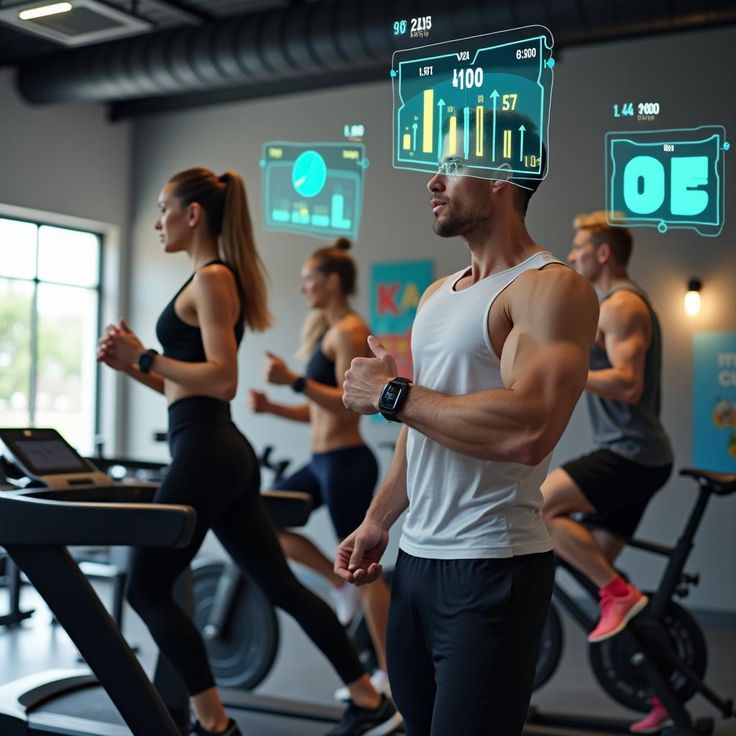
Wearables And Apps For Longevity, Imagine two pals, Mike and Sarah, both in their sixties. Sarah welcomes technology; she measures her steps, watches her sleep, and employs a health assistant driven by artificial intelligence.
Conversely, Mike follows his old routines and pays little thought to how his body is aging. Ten years forward, Sarah is flourishing, hiking with her grandchildren, while
Mike battles chronic tiredness and mobility problems. What distinguishes us? Technology enables small daily activities that accumulate over time to support our lifespan.
Aging healthily is about being proactive rather than about waiting until health issues surface. Thanks to developments in science and technology, we today have strong instruments at our hands that can enable us to lead longer, better lives. Let’s investigate some of the most fascinating and successful tech-driven aging-graceful solutions.
Technology has made the biggest impact on healthy aging with its ability to monitor and manage chronic health conditions.
Smartwatches and wearable fitness trackers, such as the Apple Watch, Fitbit, and Garmin devices, for example, provide a continuous stream of data on heart rate, oxygen levels, sleep quality, and physical activity.
Such devices provide continuous streams of health data, notifying the users and their providers of deviations that may be concerning.
Wearable technology can also provide an extra layer of safety and convenience for seniors who are dealing with chronic conditions like hypertension, diabetes, or heart disease, catching potential issues before they become serious.
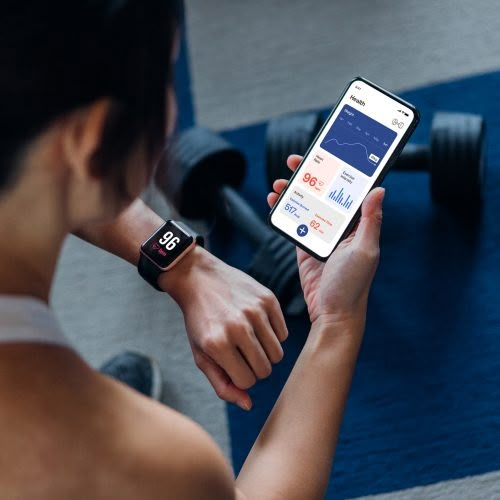
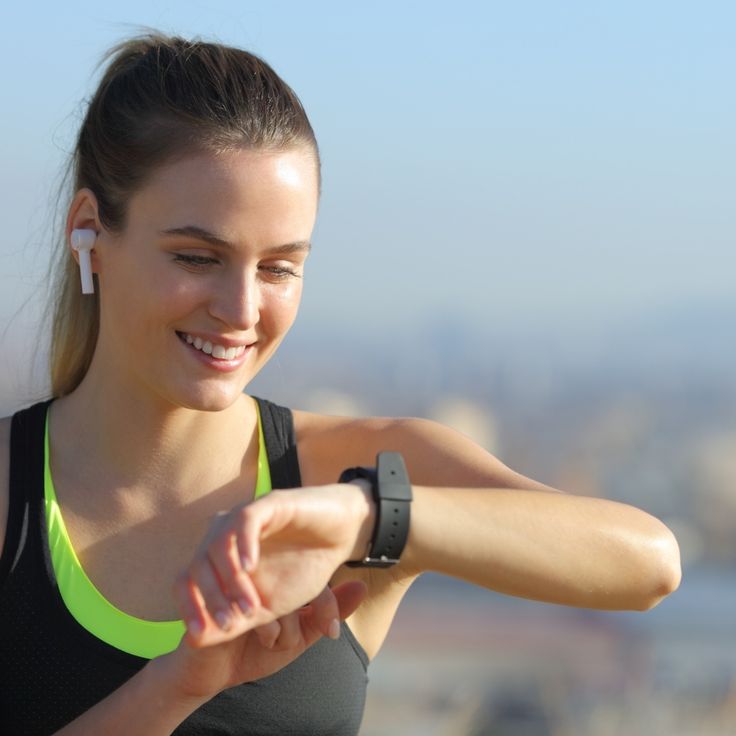
Wearables And Apps For Longevity, The height of telemedicine, wearables have transformed medical treatment availability. Seniors can have expert healthcare services without ever leaving their house by employing remote monitoring equipment and video conference tools.
Those who live in remote areas or have mobility problems especially find this to be quite helpful. In a medical environment, you are also shielding your family and yourself from additional infections and obtaining the required treatment including timely recommendations and/or prescriptions.
If an anomaly is found, remote patient monitoring devices can track critical signals and provide data to medical practitioners to enable quick response from the professional.
One more trailblazing innovation in the arena of aging and technology is the creation of smart home systems tailored to improve safety and autonomy. Voice-enabled assistants such as Amazon Alexa and Google Home are amazing for seniors and help keep track of medication schedules, control smart appliances, and even have conversations for companionship.
Install smart sensors throughout the house to identify falls, movements, or inactivity, and promptly notify caregivers and emergency services of any unusual activity. Ensure peace of mind for seniors and their family members by making them aware that help is just a press away.
Wearables And Apps For Longevity, Another domain in which technology is having a major impact is cognitive health. Of course, with age often comes the risk of cognitive decline, including memory loss and illnesses such as dementia and Alzheimer’s disease.
Brain-training apps and games These apps and games, like Lumosity and Elevate, are intended to keep the brain active and feet out for functions like a common set of puzzles, memory exercises, and conclusion activities.
Robotic companions and AI-driven chatbots are also being created to help seniors combat feelings of isolation or early symptoms of dementia by offering emotional support and cognitive engagement.
When it comes to the social side of getting older, digital innovations have also changed everything.


Seniors can now stay in touch with family and friends, take part in online events, and stay connected with their communities through video calling, social networks, and texting apps. Being alone and cut off from other people can be bad for your mental and physical health.
But technology can help older people stay socially connected, even if they live far away. Virtual book clubs, online courses, and interactive exercise classes are some other ways for seniors to stay mentally and physically active and learn new things.
Because technology is getting better, AI and robots are becoming more important in taking care of the elderly. AI tools can look through huge amounts of health data to find possible risks, suggest changes to a person’s lifestyle, and help doctors make more accurate diagnoses.
On the other hand, robotics are being used in assisted living facilities and homes to help with daily jobs, like lifting and walking, and even as companions. Find an image for These robots are meant to be able to talk to people, talk about their orders, take voice questions, and answer them back while also noticing when someone’s mood or behavior changes.
Wearables And Apps For Longevity, Two of the most important issues that must be resolved before these technologies may be applied are accessibility and utility. Many older people lack knowledge of the newest digital technologies, and some are overwhelmed by how intricate many of them are.
Tech businesses are concentrating on designs with voice commands, simple, easy-to-understand platforms, and large, easy-to-read screens in order to simplify matters.
Thanks to initiatives and workshops in their local communities, seniors are becoming more adept in using technology. This implies they can maximize these developments without becoming confused or irritated.
Data security and protection are still another concern. Data breaches and cyber threats are more likely to occur when personal health information is gathered and kept digital.
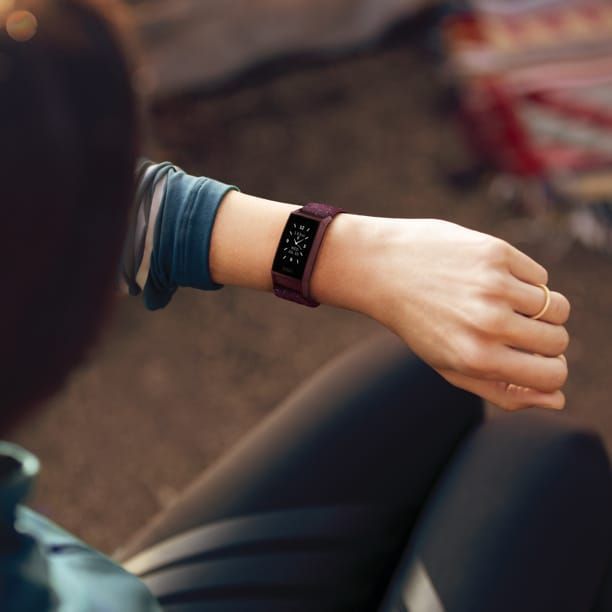
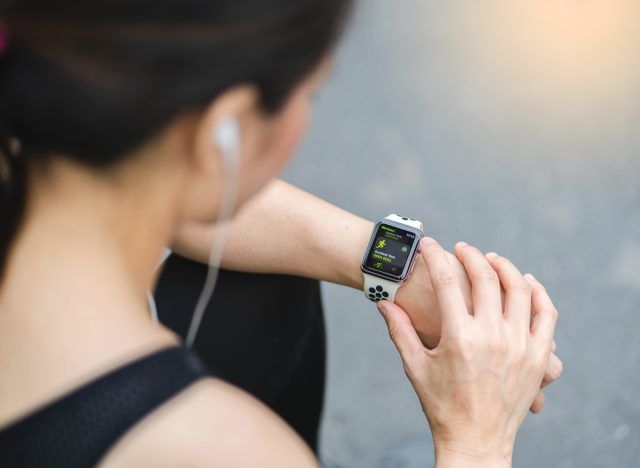
For these technologies to operate as they should, security safeguards, encryption, and strong privacy policies are absolutely crucial. Families and seniors should acquire knowledge on optimal strategies for online safety, including identifying fraudulent efforts, creating robust passwords, and utilizing secure networks.
Even with these issues, the pros of technology in old age are much greater than the cons. More and better lives for older people will be possible with these new ideas.
There is no doubt that technology will make getting older better in the future. It will help you with everything, from staying safe and healthy to making friends and getting smarter.
As time goes on, stronger answers that meet the needs of the elderly and change what it means to grow old together will come along soon.
Wearables And Apps For Longevity, Healthy aging is about working with science and technology to enhance vitality, not about avoiding time.
You may take charge of your aging process by using smart devices, AI-driven health assistants, customized dietary regimens, and modern biotech.
Therefore, it’s never too late, or too early, to make use of technology to your benefit regardless of your age, 35 or 75. Here is where longevity will live; are you ready to welcome it?
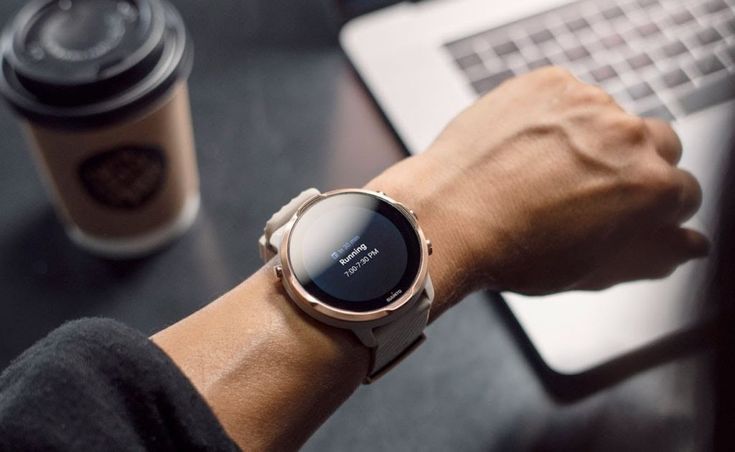
Smartwatches for seniors: Apple Watch, Fitbit, Garmin Other tracking features include heart rate, oxygen saturation, and sleep tracking, as well as emergency alerts.
Through telehealth, seniors can see doctors from home and avoid frequent trips to the hospital. This enhances accessibility, highlights individuals who have mobility challenges, and, via remote monitoring, allows prompt medical intervention to take place.
Yes, those smart home systems increase your safety through voice-activated assistance, fall detection, and reminders to take medications. These systems allow seniors to continue living independently, knowing that they can get assistance in the event of an emergency.
Yes, because brain-training apps, AI-powered assistants, and robotic companions are meant to encourage cognitive engagement and mental exercise that can delay the decline of cognition in aging seniors.
To keep their personal and financial information safe, seniors should use strong passwords, enable two-factor authentication, refrain from clicking on suspicious links, and learn about common online scams.
No, technology is a tool to help, not a replacement for human care. It adds an extra level of support, improves safety, lets care providers spend their time on the rich, individualized bits of care they delivered, and alleviates stress and workloads.